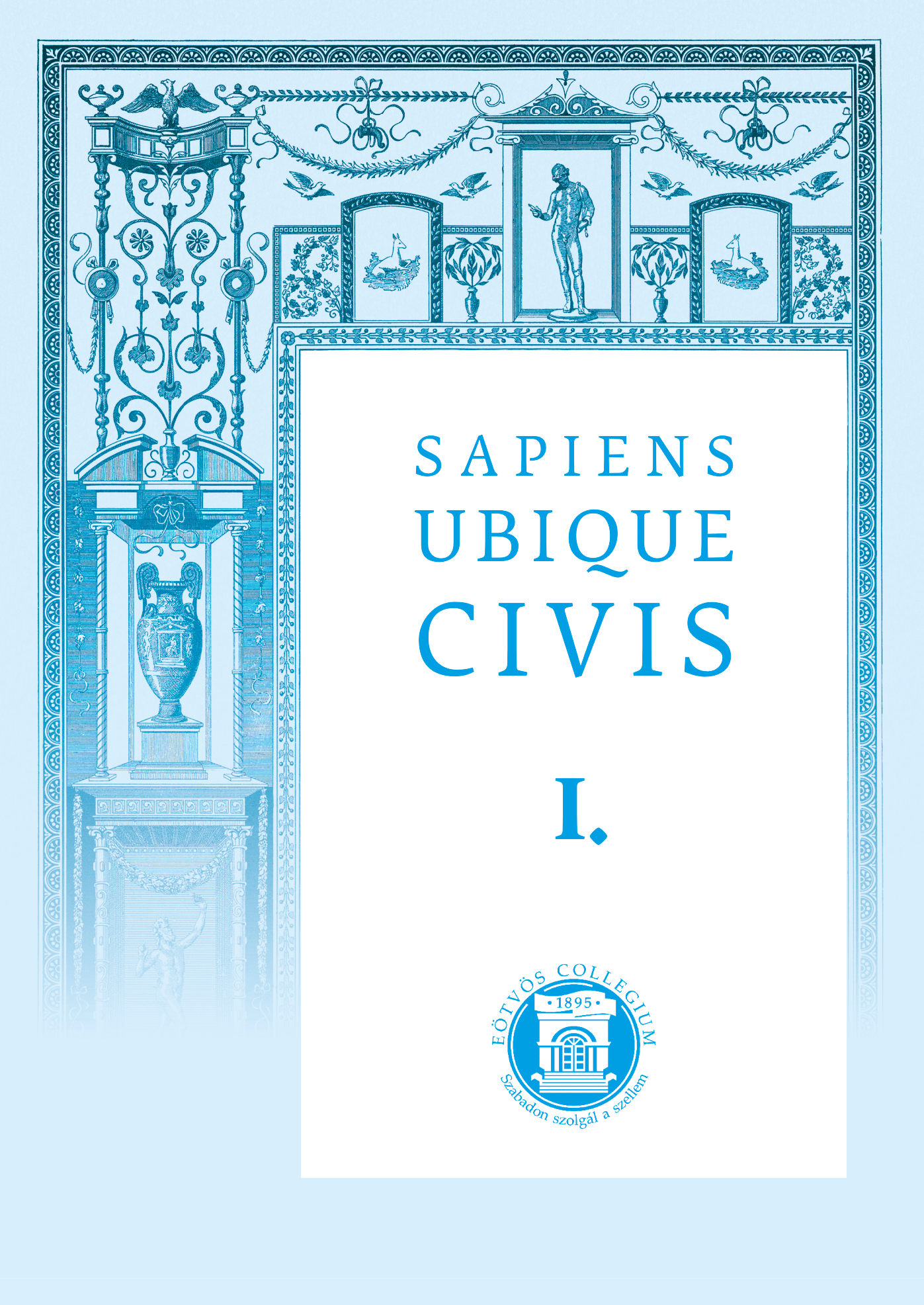Visions of Narcissus from the Late Imperial Period Remarks on the Statue of Narcissus from Callistratus’ Ekphraseis
DOI:
https://doi.org/10.14232/suc.2020.1.161-185Keywords:
Callistratus, Narcissus, ekphrasis, Graeco-Roman visual culture and literature, Second Sophistic, Late Imperial AgeAbstract
In his longest ekphrasis (5), Callistratus (fl. probably in 4th century AD) uses enargeia and phantasia to depict vividly Narcissus’ marble sculpture and to evoke the tragic fate of the young boy. Based on the surviving works of art, it is well-known that the representations of Narcissus were widespread in the Roman world from the 1st century AD. Therefore, there is no reason to assume that it would have been a difficult task for Callistratus to take inspiration from the statues of Narcissus exhibited in the horti of Roman villas, public parks and baths, or from the large number of wall-paintings and mosaics depicting the young mythological figure. In my paper, I will explore the crucial elements originating from both the Graeco-Roman visual culture and literature that may have influenced this description.



